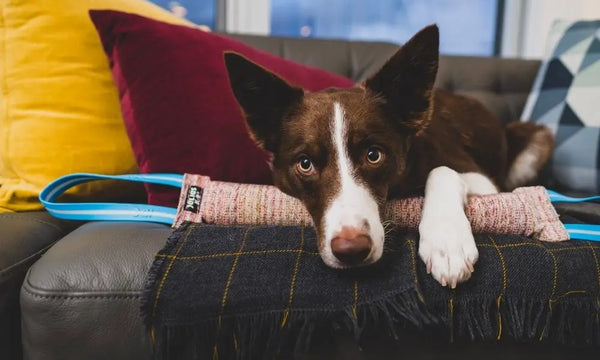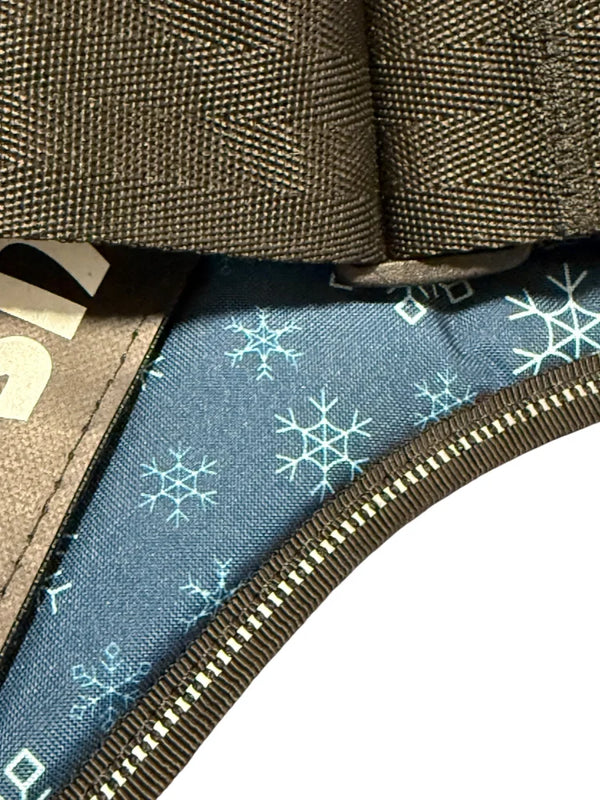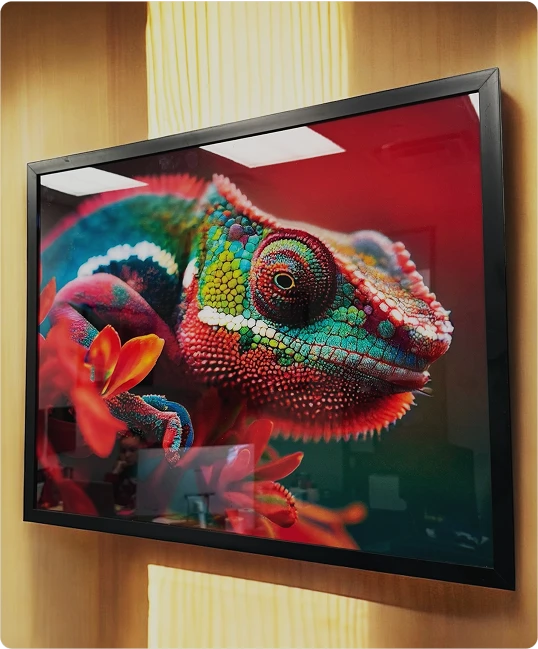
What To Consider With a Second Dog
Everyone’s happier with a friend at their side, and that includes our dogs. Plenty of owners adopt a second dog to keep their current pooch company. Others rescue a second when their current one gets up in age. There are a few things to keep in mind as you plan to welcome a second dog into your home. The last thing you want is to upset your current pet. So, keep your pack on track by following these guidelines on what to consider with a second dog!
Is Everyone at Home in Agreement?
First things first, everyone living in the house should agree on adopting a second dog. Then, hold a family meeting and talk about the pros and cons of adding to the household. Of course, everyone may not be on board. But when you’re making household changes, everyone feels the effects, so everyone needs to agree.
Your dog is another household member who needs to approve of the change. Think about how a new pet will affect your current pet. Some dogs get jealous of a new playmate, and it’s unfair to change your dog’s way of life. Your first dog is a loyal family member.
Is Your Dog Ready?
While you may be ready for a new addition, your dog may not be. Think about how your dog reacts towards other dogs. A dog that displays signs of aggression is not an ideal candidate for a new playmate. Remember, as a pet owner, keeping both dogs happy and safe is your responsibility. You’ll also need to consider:
- How well-trained your dog is
- Whether your dog has behavioral problems
- Whether your dog has health problems
Taking each of these into consideration is vital. For example, your new furry friend will need some training, and having two untrained dogs would be a recipe for chaos! But a well-trained dog is also the perfect role model for your new pooch.
Another reason to consider these factors is to ensure you’re up to the task of caring for two dogs. If your dog suffers from separation anxiety, a second dog won’t solve the problem. In fact, the new dog could take on the same behavior. Solve any issues your dog has appropriately before getting another one—adopting a second dog isn’t a solution.
What’s the Best Match?
So, what is the best match for your family? Well, that depends on your lifestyle and your current dog! In a perfect world, your second dog is your first’s soulmate. Make sure you match up to their personalities in a way that creates balance. Think about what kinds of dogs yours loves to play with:
- Does your dog like playful dogs?
- Is your dog adventurous?
- What size is your dog’s ideal playmate?
- How old is your dog?
Once you have answers to these questions, you’re on track to finding the perfect playmate. You’ll also want to consider your dog’s play style and size. For example, an energetic Labrador may not be the ideal match for a relaxed Yorkie. Likewise, a senior dog may not love welcoming a puppy home, but it’s just as possible they take the pup like their own.
Do You Have the Time?
A new dog will change the routine of you, your household, and your dog. One dog is a major commitment, and two is double that! With two dogs, you have twice the food and toys. You also may have twice the number of walks. As you gear up, shop at Julius K9 and find great K9 leashes, collars, harnesses, and more items you can count on, as you need complete control over your dog.
Is It Affordable?
Dogs are expensive, and two is twice as much. Before adopting, think about the added expenses and make sure you can afford to take care of your dog. Remember to account for:
- Food expenses
- Vet bills
- Dog toys and equipment
- Training sessions
Considering these expenses ensures you’re emotionally and financially prepared for this addition.
How Will They Meet?
Before bringing a second dog home, allow both dogs to meet in a neutral environment. This ensures neither dog views the place they meet as their territory. In addition, seasoned pet owners recommend having a barrier between the dogs rather than leashing them. They say this because it allows both dogs to meet but remain separated. For example, allow your dog to meet the potential addition on one side of a fence but leave both dogs off-leash.
Carefully read the body language of both dogs as they interact, especially when you allow them to meet face-to-face. If there are snarling or tucked tails, then they’re probably not a match. These can be signs of fear and aggression. So, keep a watchful eye as you supervise both dogs and research dog body language.
What’s the Next Step?
Once you’ve found the perfect match for your household – both human and canine – then it’s time to welcome the addition home. Allow the second dog to investigate the house and understand their new environment. You can do this on a leash to keep control over the dog.
As you adjust to the life of owning two dogs, be mindful of behavioral problems with one or both of your dogs. While you may expect a new dog to have an accident or two as they adjust, your current dog may too. Sometimes, dogs are jealous of a new playmate and begin acting out. Thus, it’s important you give both dogs equal attention.
Dogs give us unconditional love, and as much as we may want more than one, sometimes it simply isn’t the right time. Make sure everyone living at home agrees to the change. Once you’ve decided it is time, know what to consider with a second dog. The most significant change will be apparent in your routine and finances. In particular, taking vacations may not be as easy as it once was after you get a second dog.
With two dogs come twice the love and twice the responsibility. Weigh the pros and cons of adding to the family and adopt your dog’s one true soulmate. Finding the perfect match takes time, but it’s worth it. You can remain prepared with the best gear for both dogs by shopping at Julius K9. Dog equipment you can count on makes walks and training a breeze!




